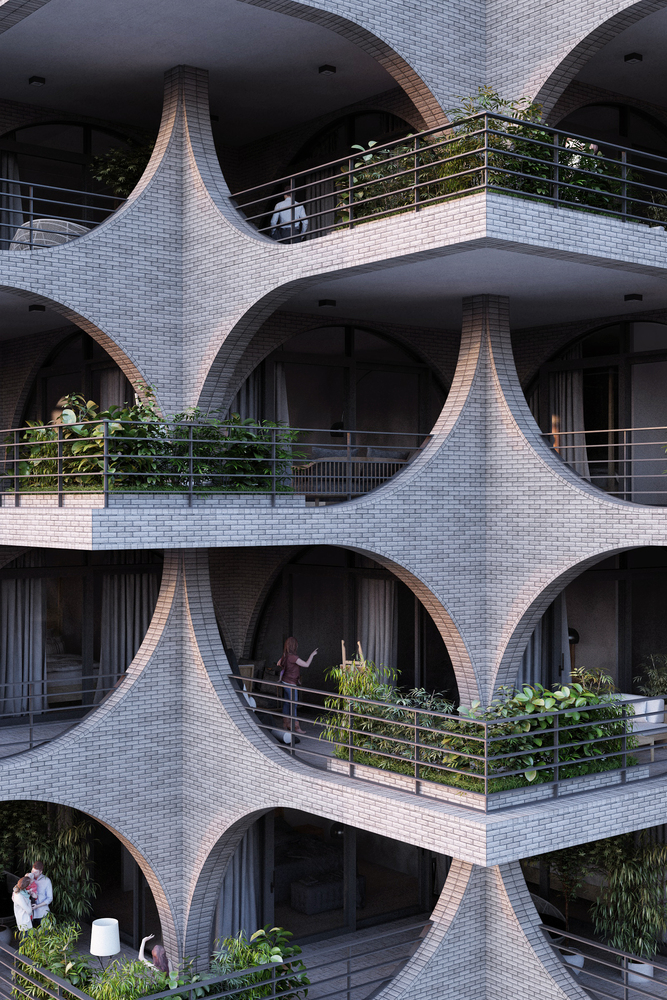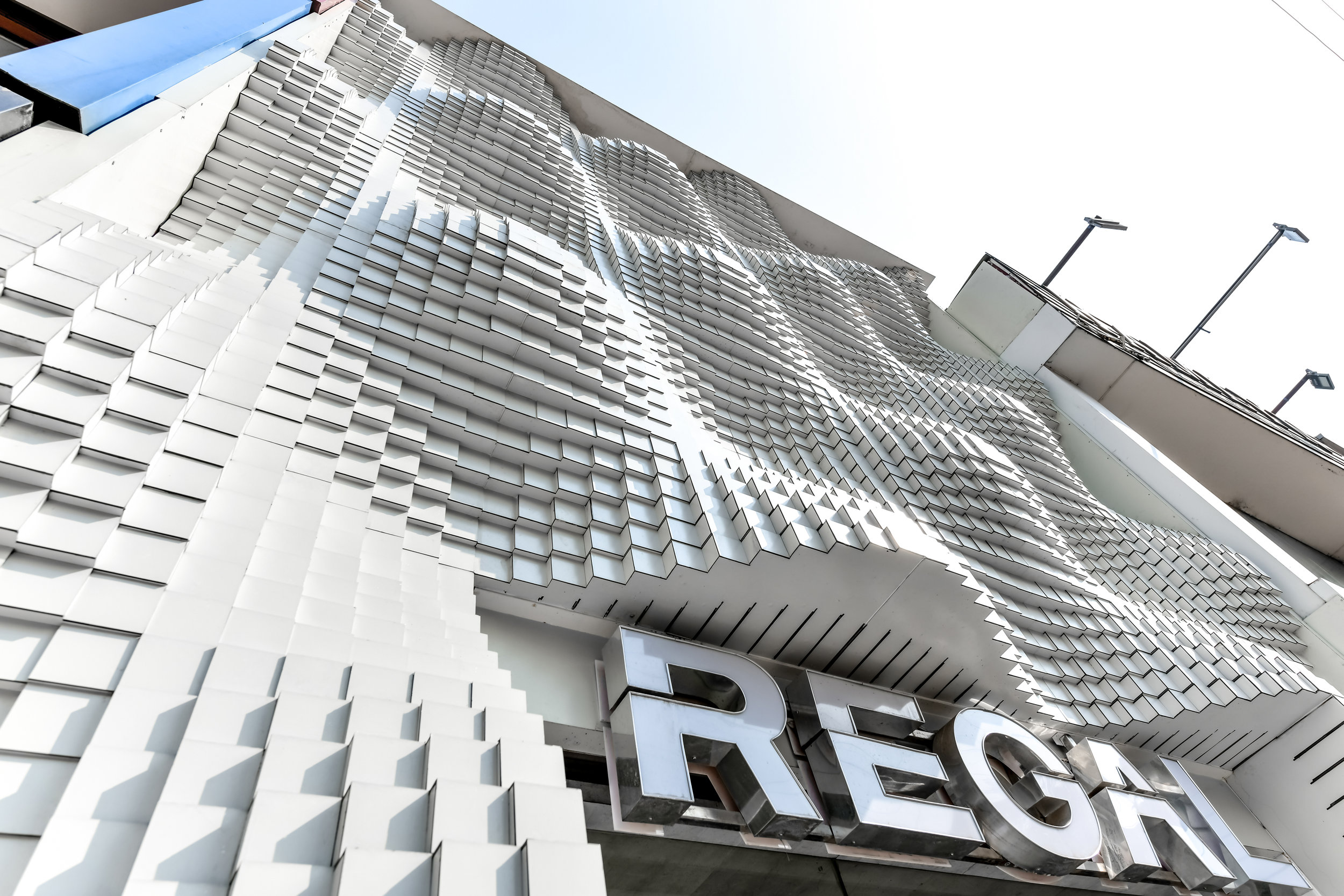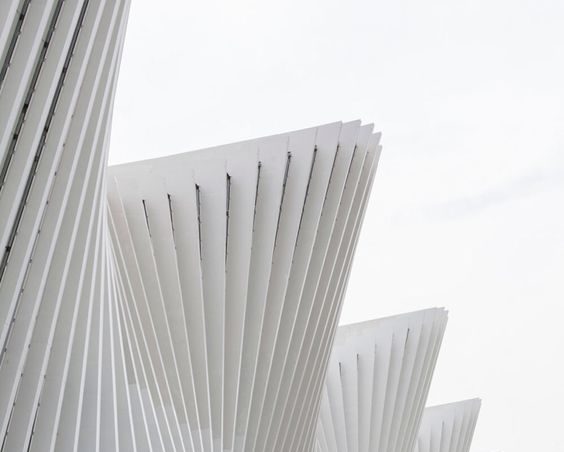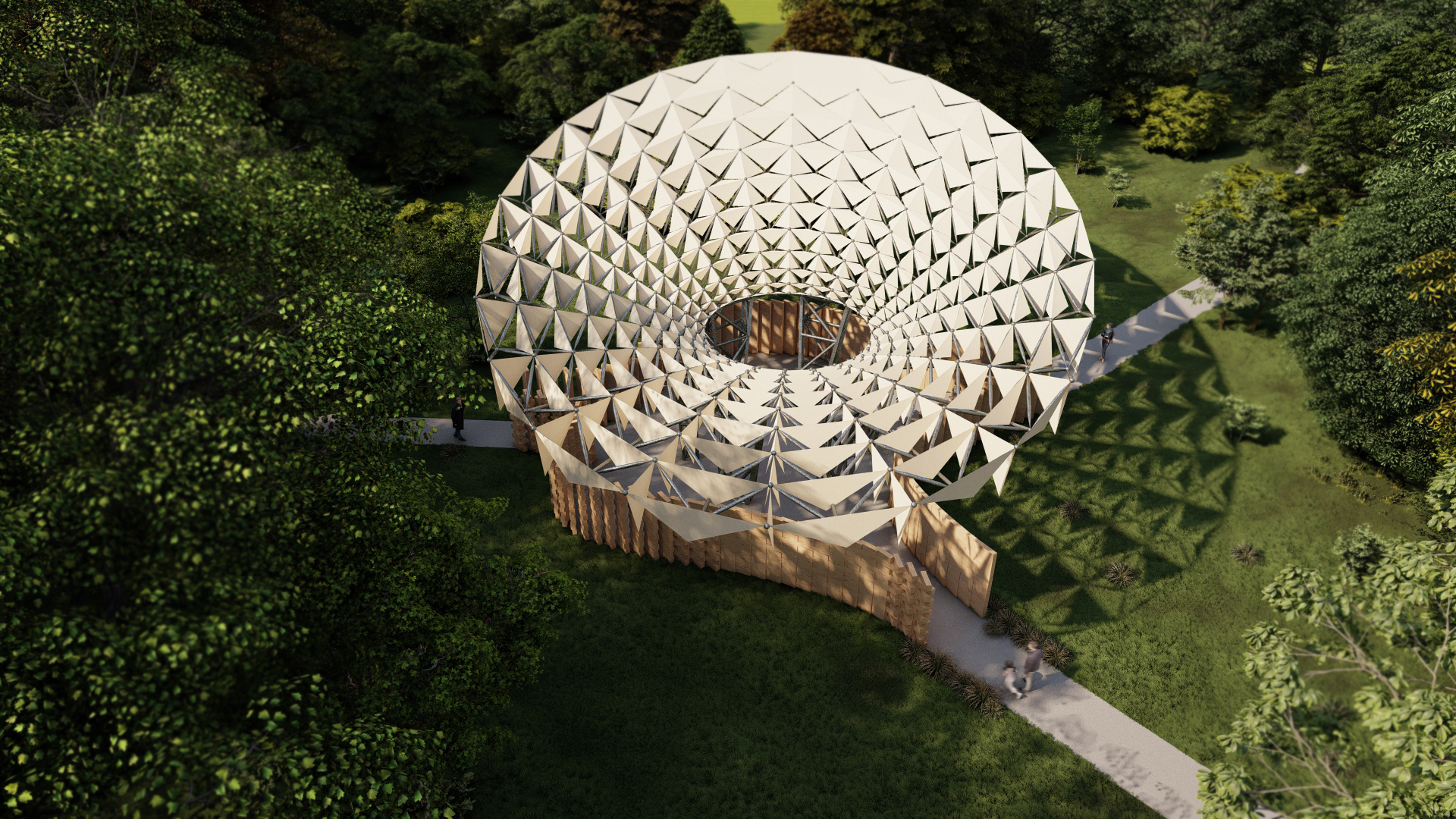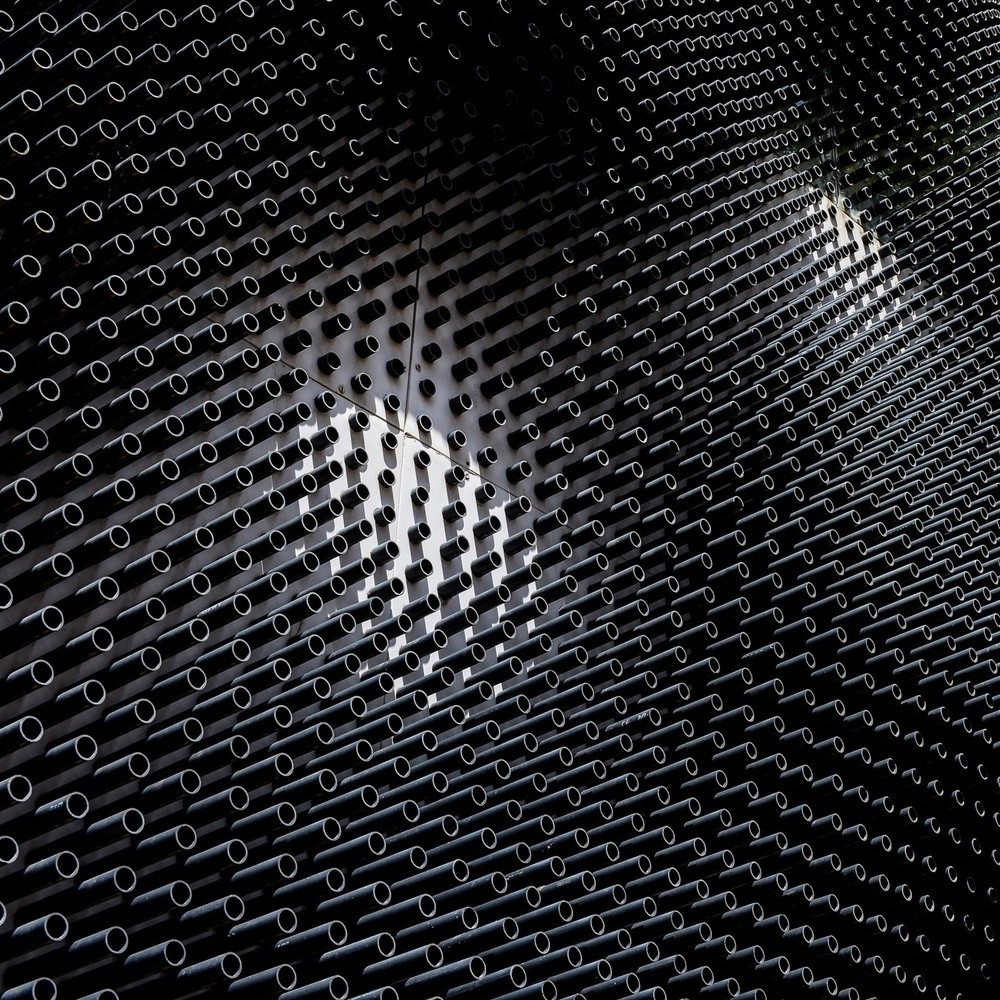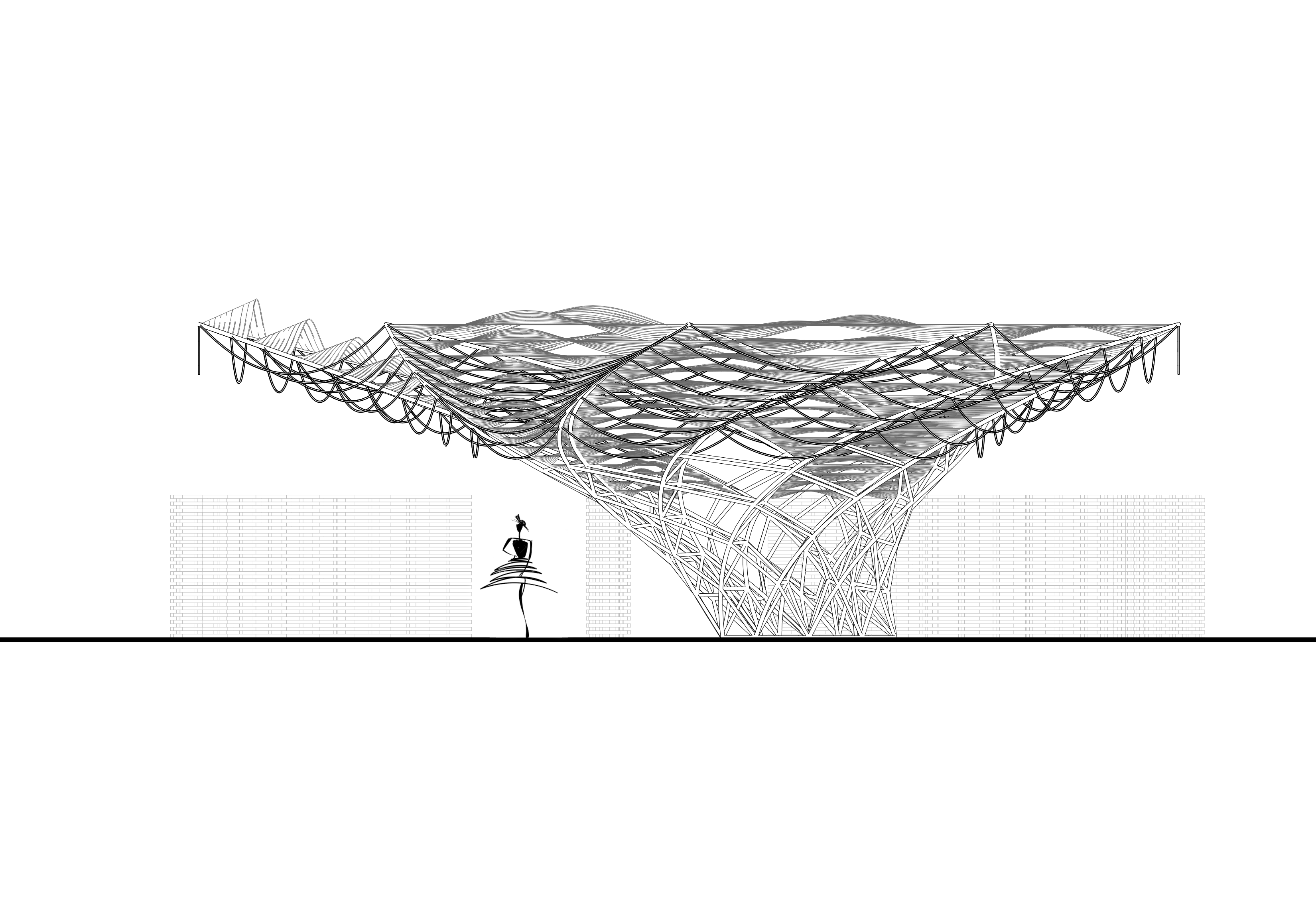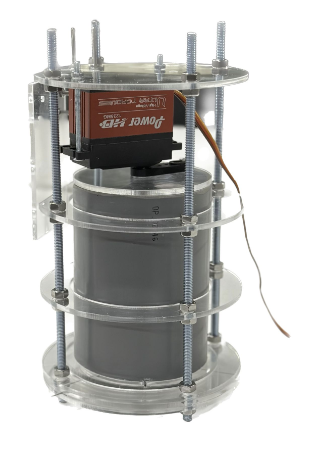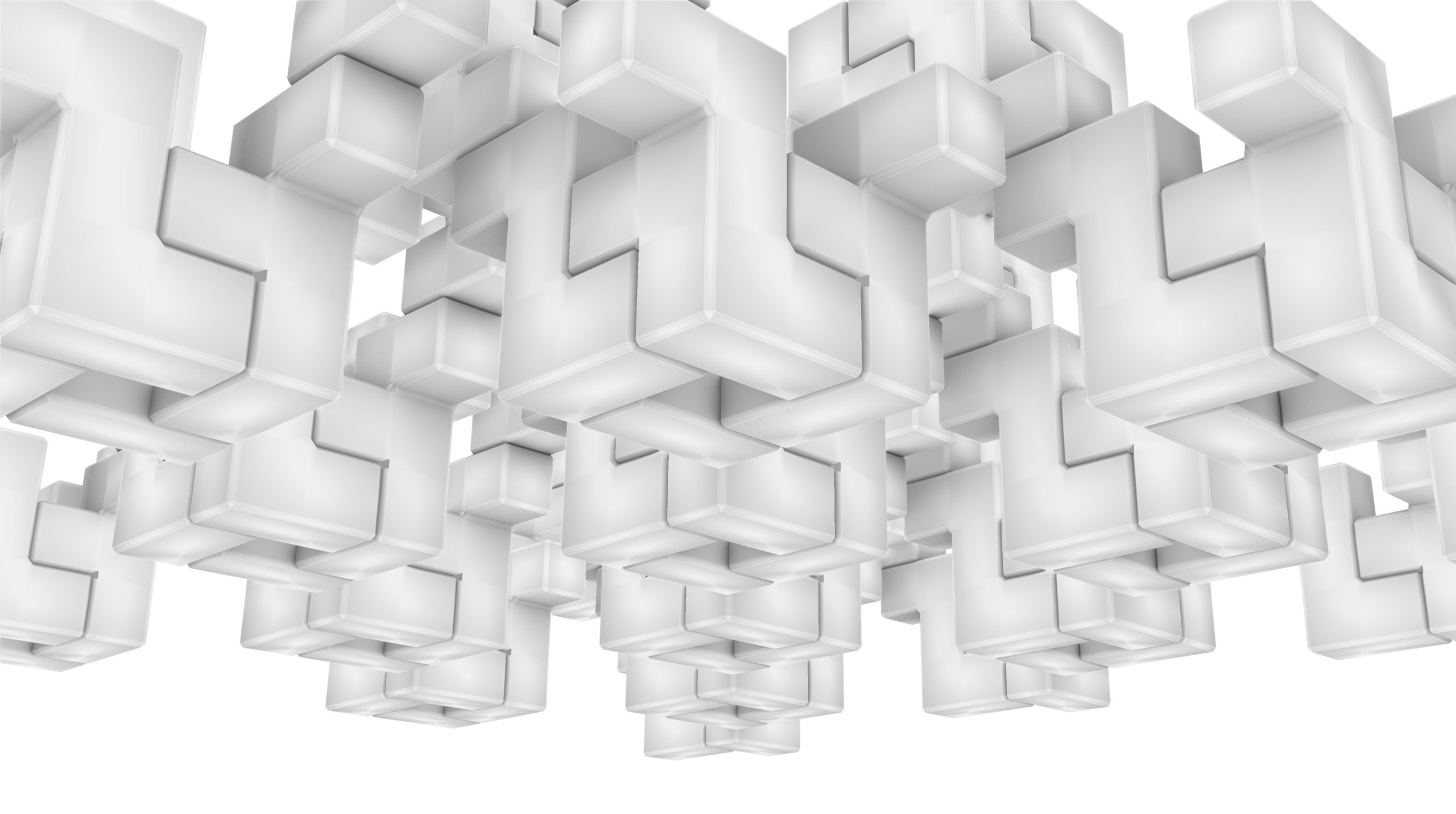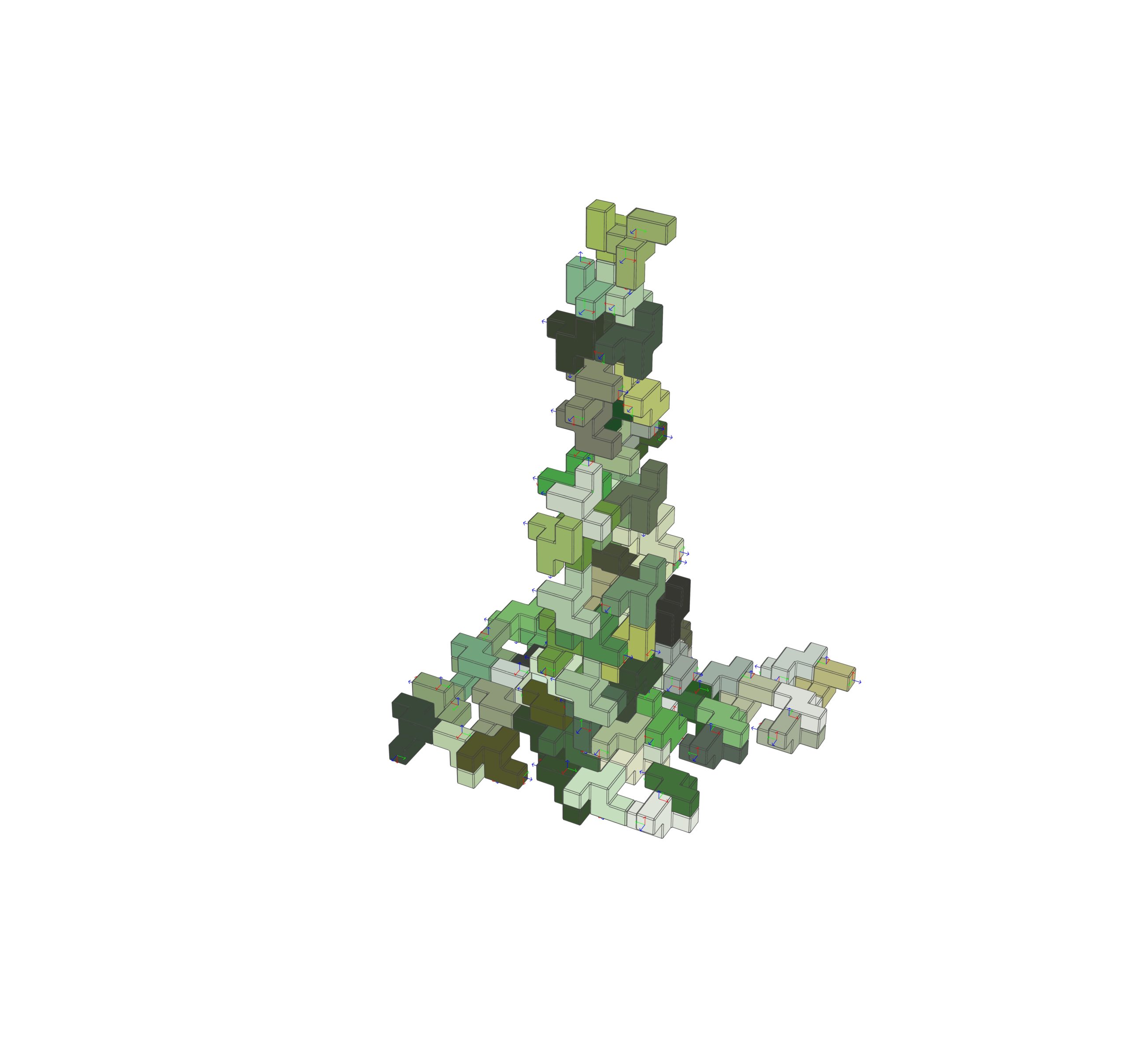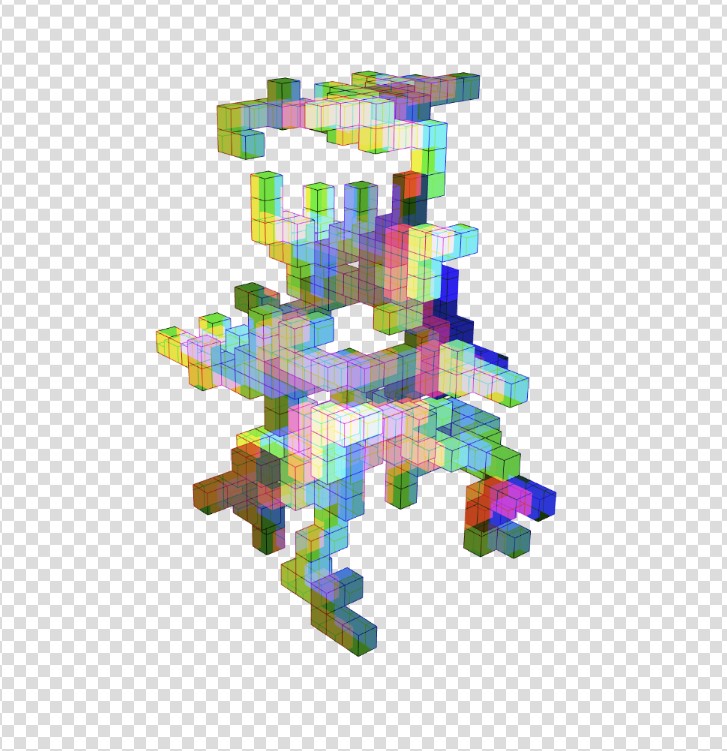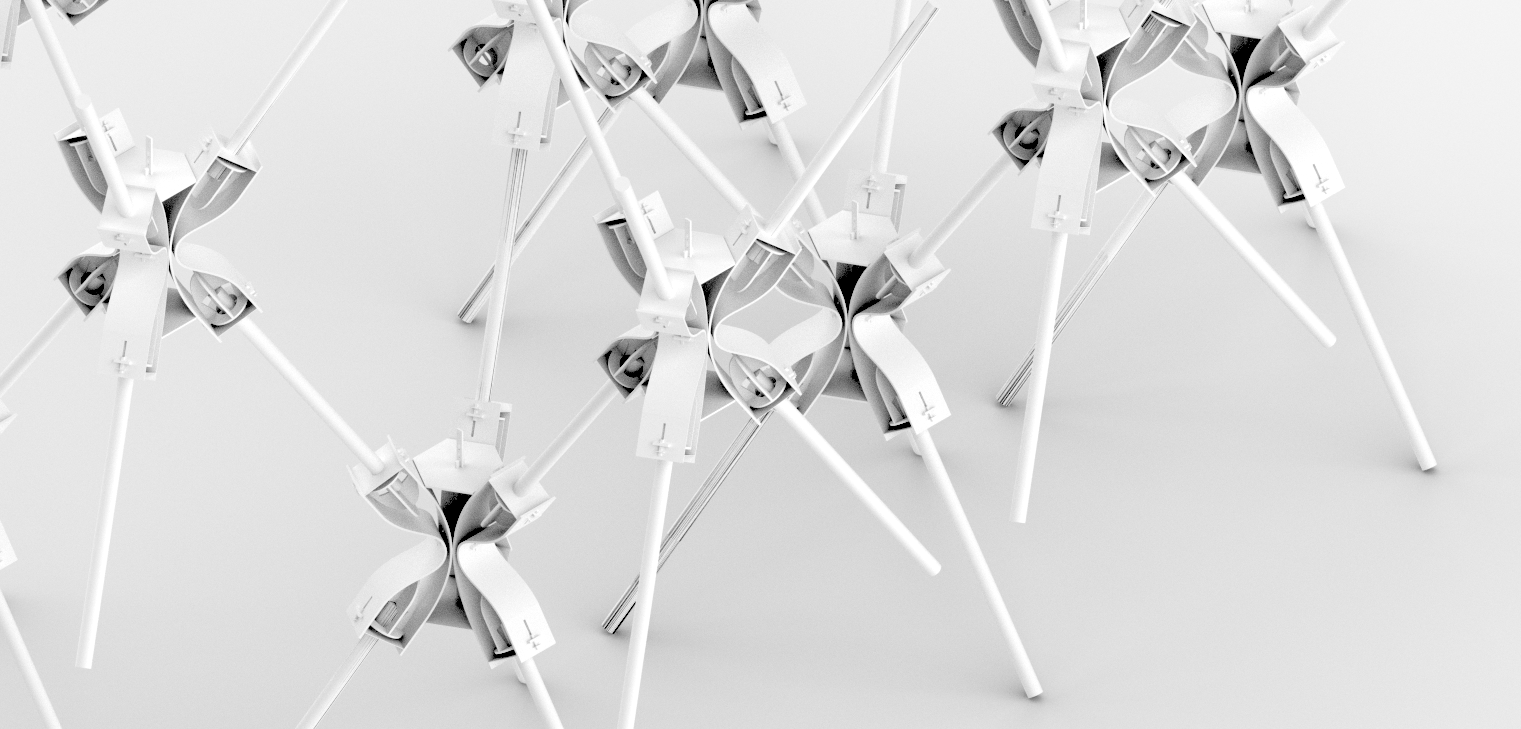The Dendriform Pavilion
Design Analysis & Concept As the project brief required to reimagine the Serpentine Pavilion by Francis Kere, built in 2017 at the Serpentine Gallery in London, UK, the pavilion was deconstructed and analyzed into 3 of its major elements; the roof, the roof structure and the envelope. The main idea for the reimagination of the … Read more


